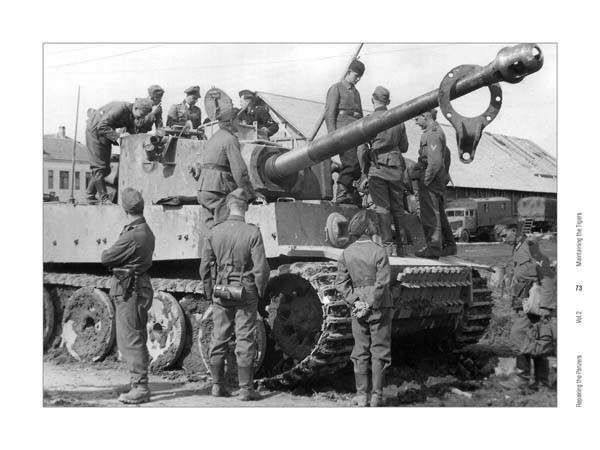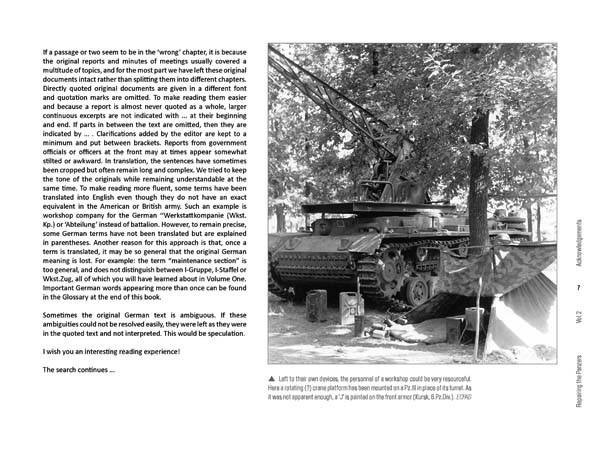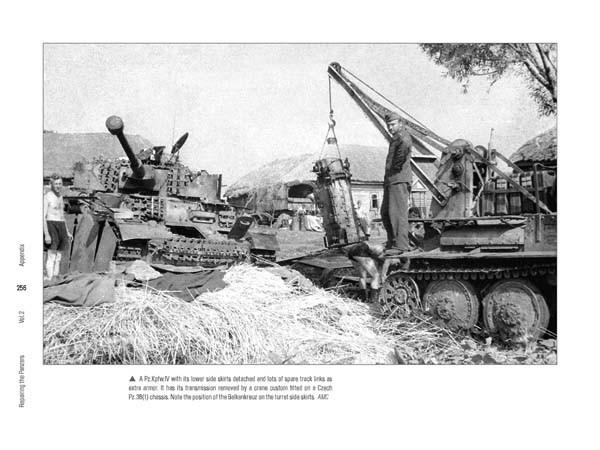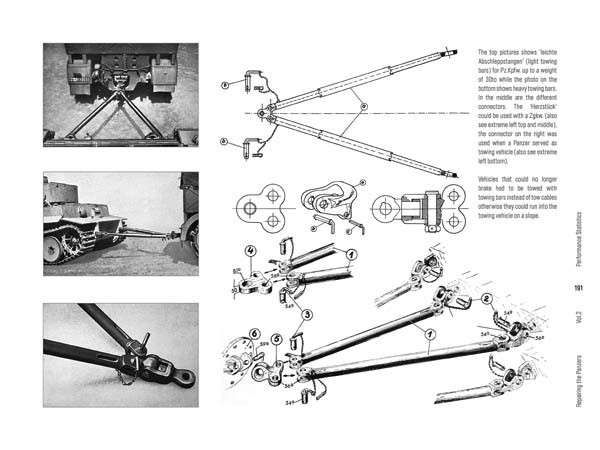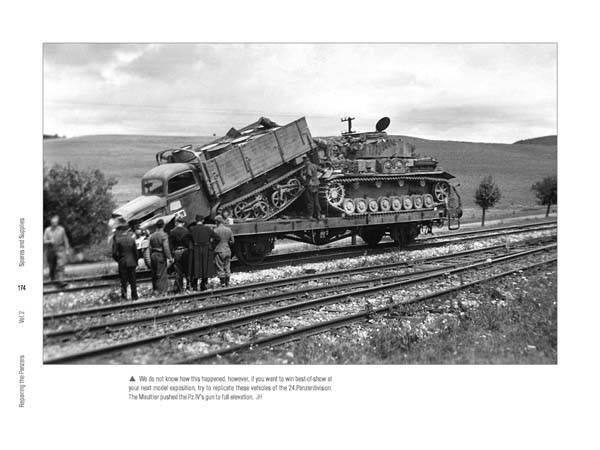Repairing the Panzers 1 & 2 by Lukas Friedli, which have been out of print for some time, are being reprinted and will be available again on 18th of April.
They can be preordered at Panzerwrecks website here and here at a discounted price.

How did Germany keep its infamous Panzers running throughout six years of war? How did the German army prepare for motorised warfare? What mechanic was competent for what kind of damage? What special vehicles and recovery equipment were used by the maintenance units? How were they organised? How much supply reached the front during Operation ‘Zitadelle’ and how was it distributed among the battered divisions?
The answers to these and other questions are to be found here in this book. Based solely on original experience reports, diaries and manuals, you will learn how Panzers were recovered from various predicaments and what really put Panzers out of action.
An inside look at the battle that went on behind the front lines to keep every Panzer possible in fighting condition. Panzerwrecks are proud to present these discoveries in a massive 256-page tome illustrated with 291 large-format photos, most unpublished and reproduced full-page size, plus 17 drawings, five diagrams, 19 tables and 17 K.St.Ns.
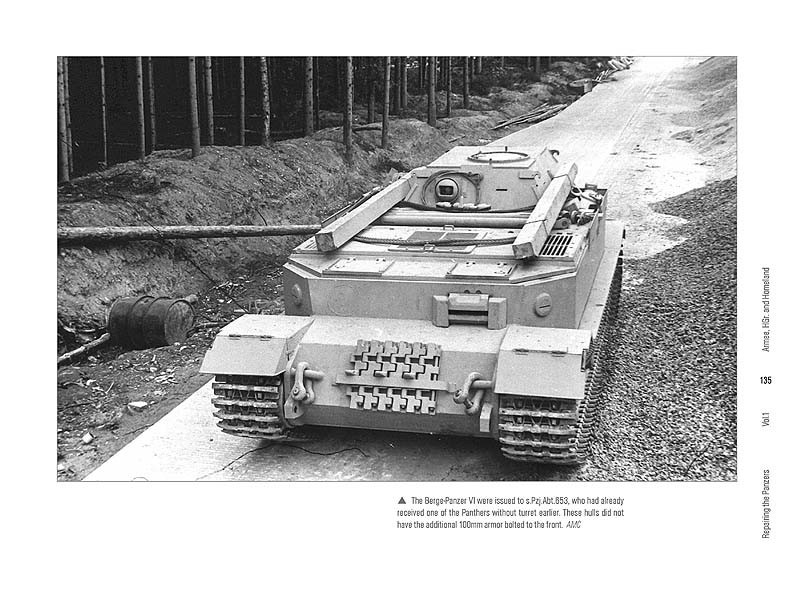
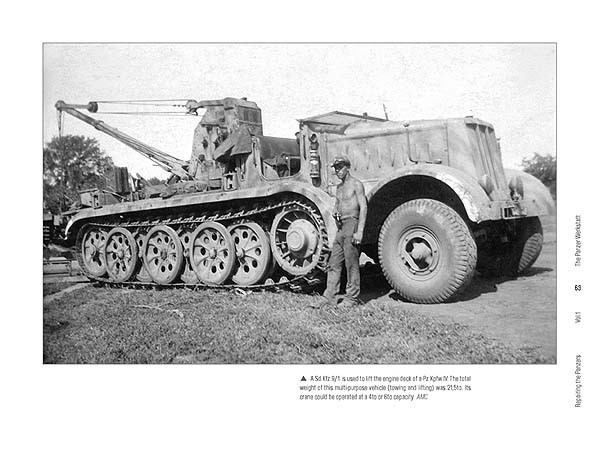
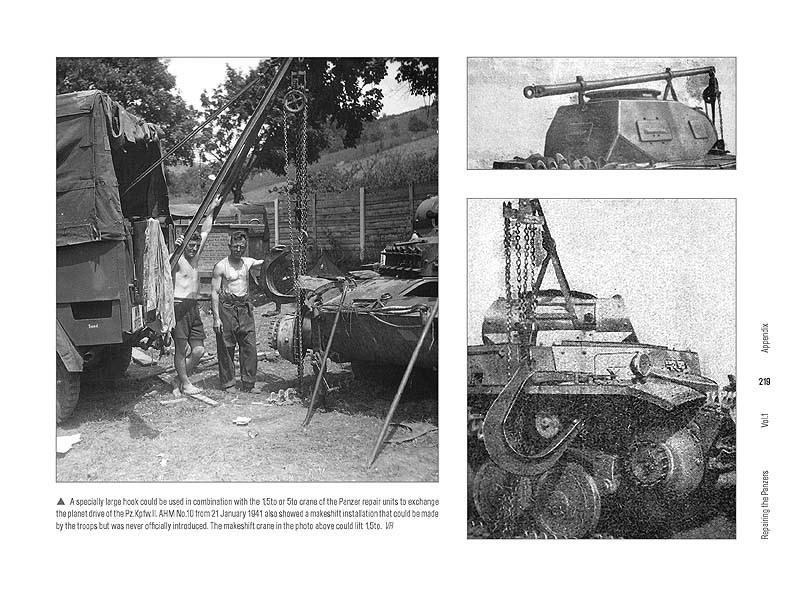
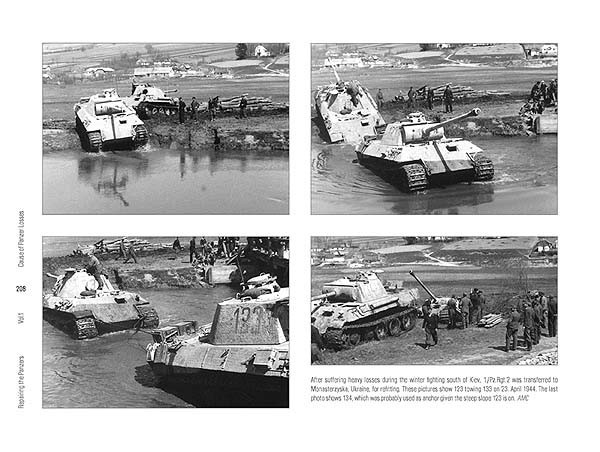

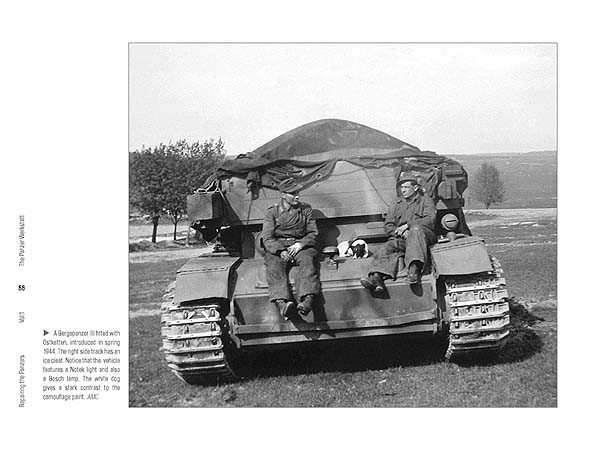


Why did the Blitz against Russia fail? How did winter and desert conditions affect operational readiness? Why weren’t captured Russian vehicles pressed into service like French and other vehicles were? What was the purpose of the ‘Panzerstützpunkt’ of 1944? What kept heavy Panzers from mixing in with lighter Panzers? What really caused the loss of brand-new Panzers?
The answers to these and other questions can be found here in Repairing the Panzers Vol.2. Based solely on original experience reports, diaries and manuals, you will learn how small parts led to significant problems, how herculean efforts led to diminishing returns, and, for the first time, you will go behind the scenes and learn how reliable the infamous Panthers and Tigers really were.
These new findings are presented in 256 pages, illustrated with 279 photos, most of them unpublished, supported by original drawings, diagrams and tables.
